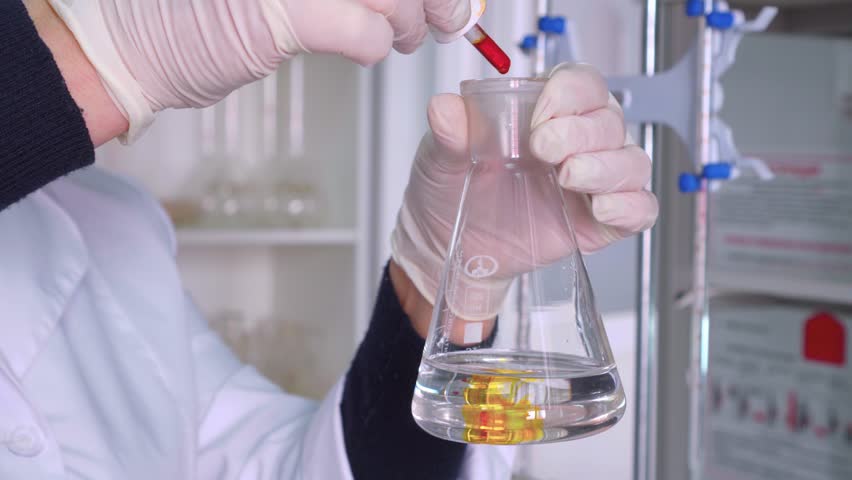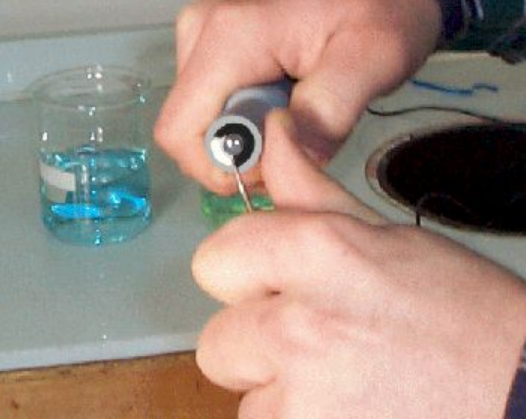At present, there are many methods for detecting the pH value of water bodies. The most commonly used method is to detect by glass electrodes. This method is simple to operate and the data is relatively accurate. However, it is necessary to pay attention to the standard buffer solution of the pH electrode. The standard buffer solution can get the accurate pH value.

Classification of standard buffer solutions for glass electrodes of water quality detectors
1. pH=4.00 standard buffer solution (20℃)Weigh 10.21g of pH reference buffer substance potassium hydrogen phthalate (KHCH1O) dried at 115℃±5℃ for 2~3h, and dissolve it in deionized water (or steamed) without carbon dioxide.
Distilled water), then transfer to a 1000mL volumetric flask, add water to dilute to the mark, mix well, and store in a plastic bottle (also available in a commercially available bag of standard buffer solution reagents, dissolved in water, and diluted as required).
2. pH=6.88 standard buffer solution (20℃
Weigh the pH reference buffer substance potassium dihydrogen phosphate (KH2PO4) 3.40g and the pH reference buffer substance disodium hydrogen phosphate (Na2HPO2) 3.59g dried at 115℃±5℃ for 2~3 hours (Note: the speed should be fast when weighing ), dissolved in deionized water, transferred to a 1000mL volumetric flask, diluted with water to the mark, mixed well, and stored in a plastic bottle.
3. pH=9.22 standard buffer solution (20℃)
Weigh out 3.81 g of sodium borate (Na2BO210H1O), which is a pH reference buffer material, and dissolve it in deionized water without carbon dioxide.

The standard buffer solutions of the glass electrodes of the above three types of water quality detectors are usually stable for 2 months, and their pH values vary slightly with temperature. For specific differences, please refer to the instrument manual.



